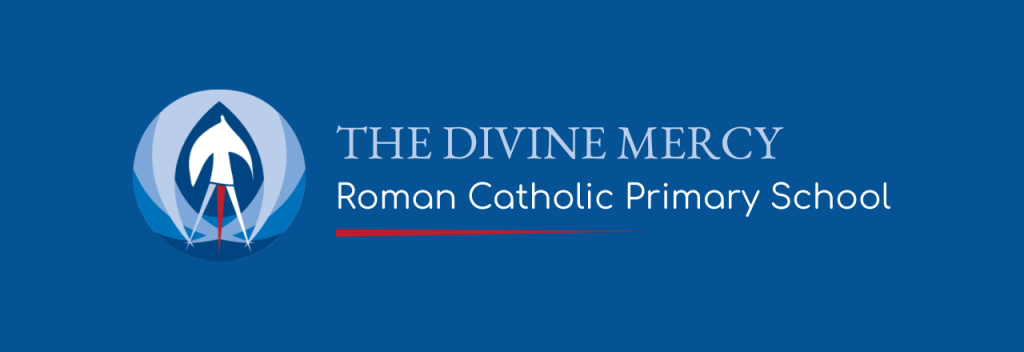A practical guide to leading with confidence during inspection with real questions, clear prep steps, and advice.
Inspection readiness is one of the most emotionally charged aspects of school leadership. For many heads and senior leaders, it’s not about fearing underperformance – it’s about dreading the pressure of showing everything clearly, calmly, and convincingly when it counts.
The good news? Confidence doesn’t come from perfection. It comes from preparation.
“Most leaders don’t fear inspection because they’re doing badly,” says Steve Kirkpatrick, a former headteacher and now a leadership coach and co-founder of Intelligent Evidence. “They fear it because they haven’t had the chance to practise saying out loud what they already know.”
With the revised Ofsted framework placing greater emphasis on dialogue, context and qualitative insight, confidence isn’t about reaching perfection. It’s about being prepared to lead with clarity, coherence and credibility.
It’s the conversation that counts
Schools that navigate inspection with confidence don’t have the slickest paperwork – they have the clearest narrative. Inspectors want to hear the why, not just the what. They’re looking for alignment between purpose, practice and impact.
“It’s not about performance mode,” Steve says. “It’s about professional fluency – being able to explain what you’re doing, why you’re doing it, and how you know it’s working.”
Inspectors want to hear:
A clear, values-led narrative
What matters most and why
Why specific priorities were chosen – and for whom
A sense of purpose, inclusion, and professional care
Evidence that shows meaningful impact
Evidence that’s live, relevant, and linked to outcomes
How curriculum intent is enacted and evaluated
What’s changing for vulnerable pupils – and what hasn’t yet worked
Confident voices across the team
Staff speaking with ownership and integrity
Staff explaining their contribution to whole-school aims
What matters most is that your strategic decisions meet the needs of your school. That your intent matches your evidence. That your systems support the outcomes you say you’re working towards.
What you say must match what you do
These self-check questions aren’t just for inspection day. They’re indicators of strategic depth, cultural clarity, and system coherence.
Strategic priorities
Which of your three strategic priorities is least visible in classroom practice – and why?
If Ofsted asked three governors to explain how the school is improving outcomes for disadvantaged pupils, would their answers align?
Which initiative are you most proud of – and how many staff could explain its why?
Evidence & impact
Which pupil group has received the most intervention this year – and what changed as a result?
Where are you still presenting intentions as evidence – and what’s missing to demonstrate impact?
Are subject leaders evaluating impact in terms of curriculum coverage or children’s lives?
What’s one area where your narrative doesn’t yet match your data?
Inclusion & vulnerability
Which children are invisible in your systems – not SEND or PP, but quietly underachieving
In your inclusion strategy, whose voice is loudest – and who isn’t represented?
What would a parent of a vulnerable pupil say about their child’s experience this year?
Staff voice & culture
When was the last time a midday supervisor influenced a leadership decision?
Which staff member has grown most in articulating their impact – and what helped them do that?
If inspectors asked, “What makes this school different?”, would your team’s answers align?
If you can’t talk about impact, you can’t talk about inclusion
Too many inspection conversations fall into the trap of describing what’s been put in place – without explaining what difference it made.
This is a critical leadership discipline. Every intervention, strategy or system must be followed with: “…and here’s what changed as a result.”
Inclusion lives in the outcomes – not just the intentions. Inspection confidence comes when leaders can show how their decisions are closing gaps, reducing barriers, and making children’s lives better.
Control what you can
Confidence comes not just from clarity of purpose, but from having the groundwork sorted. The more friction you remove, the more headspace your team will have to focus on what matters.
Here are four focus areas every SLT should lock in:
Timetable Clarity: Who’s where, when, and why – with cover secured and messaging consistent
System Functionality: Ensure CPOMS, dashboards, logs, and evidence systems are all live and working
Communication Channels: Staff know where to go for updates, reassurance, and quick clarification
Staff Reassurance: “You’re not being tested – you’re being listened to.” Rehearse, don’t perform
“These aren’t things to fix the night before,” Steve adds. “They’re things to embed as habits – so that when the call comes, you’re already in rhythm.”
What makes a school inspection-ready?
Not perfection. Not polish. Not panic. True readiness is:
A school-wide understanding of what matters and why
Systems that reduce noise and reveal insight
Staff who speak with confidence about their role in the journey
A culture of professional dialogue and distributed ownership
Evidence that supports clarity – not compliance
Inspectors will see your data, but they’ll trust your people. If your team can speak with calm conviction about what they do and why it matters, the rest takes care of itself.





